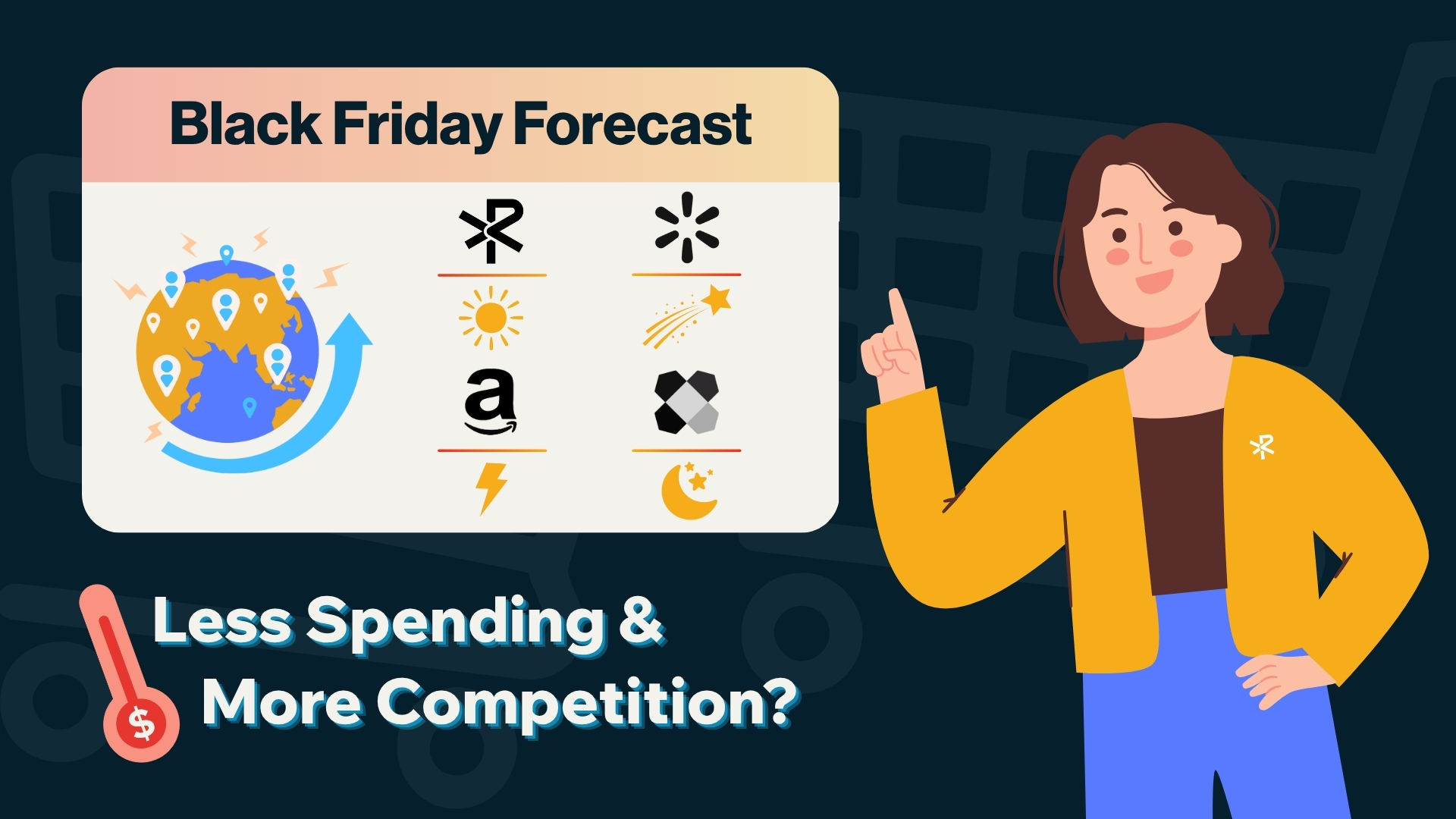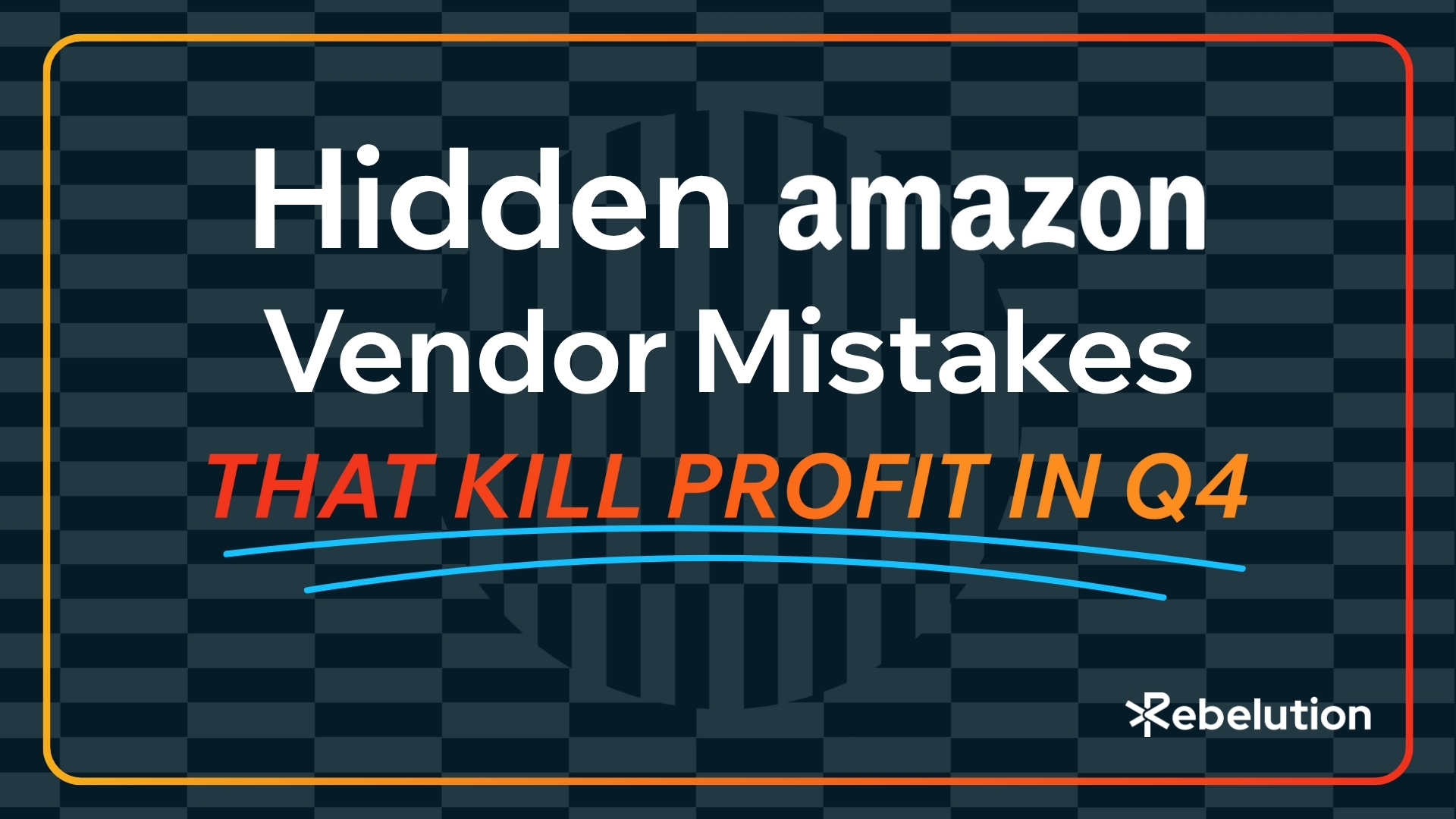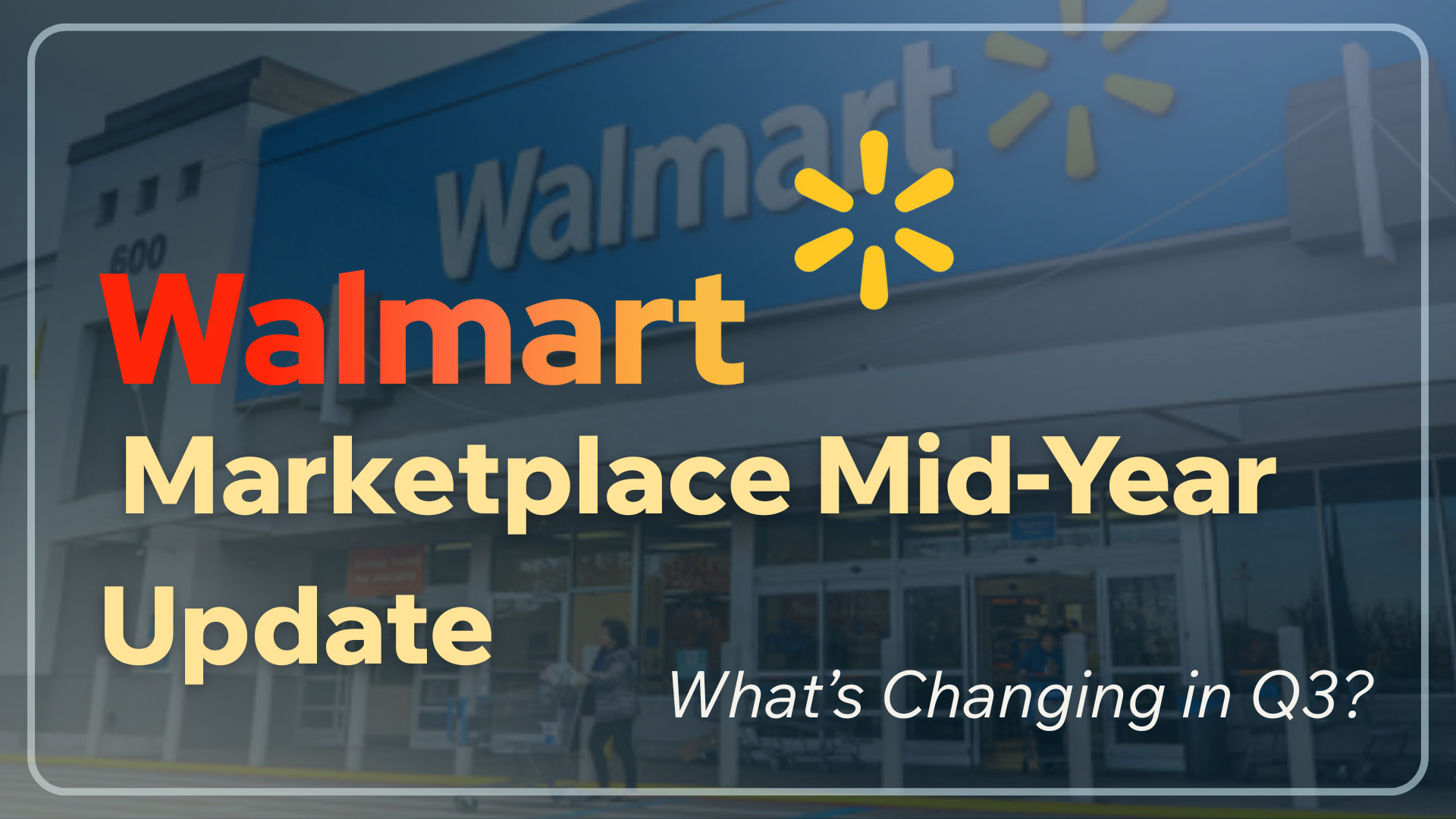In the world of e-commerce, two giants dominate the conversation: Amazon vs. Walmart. While Amazon has long held the title of the global leader in online retail, Walmart has steadily grown its e-commerce presence, leveraging its massive brick-and-mortar footprint and reputation for affordability. For sellers, understanding the dynamics between these platforms is essential to choosing the right channel—or combination of channels—for growth.
Let’s break down the key differences between Amazon and Walmart’s e-commerce ecosystems, and what they mean for your business.
Amazon’s dominance in e-commerce is unmatched, with an estimated 37.8% market share in the U.S. in 2024, compared to Walmart’s 6.3%. However, Walmart’s e-commerce growth trajectory is significant. Walmart has doubled down on expanding its marketplace, offering sellers more opportunities to tap into its 120 million monthly visitors.
Understanding customer preferences on these platforms can help sellers tailor their strategies:
For sellers of budget-friendly or essential items, Walmart can be a better match. Meanwhile, Amazon is ideal for reaching a broader audience with diverse needs.
One of Walmart’s biggest advantages is its omnichannel strategy. Walmart’s extensive network of physical stores allows it to offer services like:
Amazon has made strides in omnichannel retail with its Whole Foods acquisition and growing Amazon Fresh presence, but Walmart’s entrenched physical presence gives it a distinct edge in this area.
For sellers deciding between Amazon and Walmart—or exploring both—here are a few factors to consider:
Amazon and Walmart each bring unique strengths to the table, and the best choice depends on your brand’s goals, products, and resources. For many sellers, a hybrid approach — leveraging Amazon for reach and Walmart for value-conscious shoppers — can maximize revenue and diversify risk.
At Rebelution, we specialize in helping brands navigate these e-commerce giants. Whether you’re looking to scale on Amazon, break into Walmart Marketplace, or optimize both, our team has the tools and expertise to help you succeed.
Ready to dominate the e-commerce game? Contact us today and let’s make it happen.




Experts expect the slowest U.S. holiday growth since the pandemic—even as online sales rise. See the Black Friday sales forecast, what’s driving competition on Amazon, Walmart, Lowe’s, Home Depot, Wayfair, and how to win.


The biggest Amazon vendor Q4 mistakes aren’t what you think. Learn the hidden operational, financial, and data traps that quietly destroy holiday margins.


Learn how Amazon, Walmart, and Wayfair empower small business ecommerce brands with tools, reach, and growth opportunities.


Explore how Evolution Outdoor, in partnership with Rebelution, achieved a remarkable 65% increase in year-over-year sales...

.jpg)
Explore how Evolution Outdoor, in partnership with Rebelution, achieved a remarkable 65% increase in year-over-year sales...


Explore how Evolution Outdoor, in partnership with Rebelution, achieved a remarkable 65% increase in year-over-year sales...


